Word from the Smokies: North Shore decoration days continue thanks to park staff
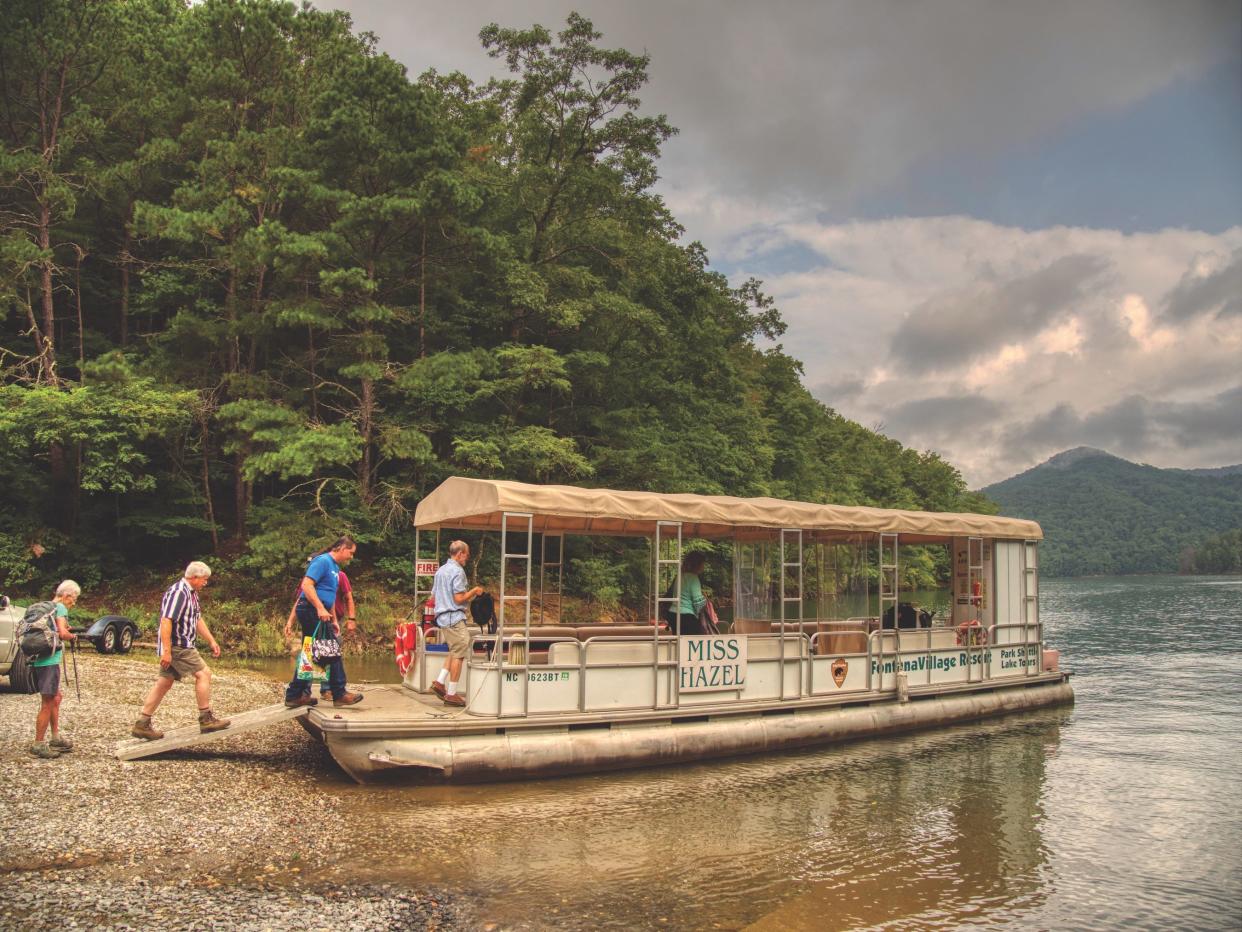
Bone Valley. Bradshaw. Higdon. Proctor. Hall. These are just a few of the names that grace more than 20 cemeteries in Great Smoky Mountains National Park that are only accessible by boat. Today, pilgrims from this region and from all over the country are transported to these special burial sites — some extremely remote — through a partnership unlike any other.
“We began decorations to the cemeteries on the north side of Fontana Lake in 1978 and still continue today,” said Lee Vance Woods, a key organizer of the North Shore decoration days. “This is thanks to Great Smoky Mountain National Park staff who provide us with transportation to each cemetery.”
How and why did this unique transportation partnership for pilgrims begin?
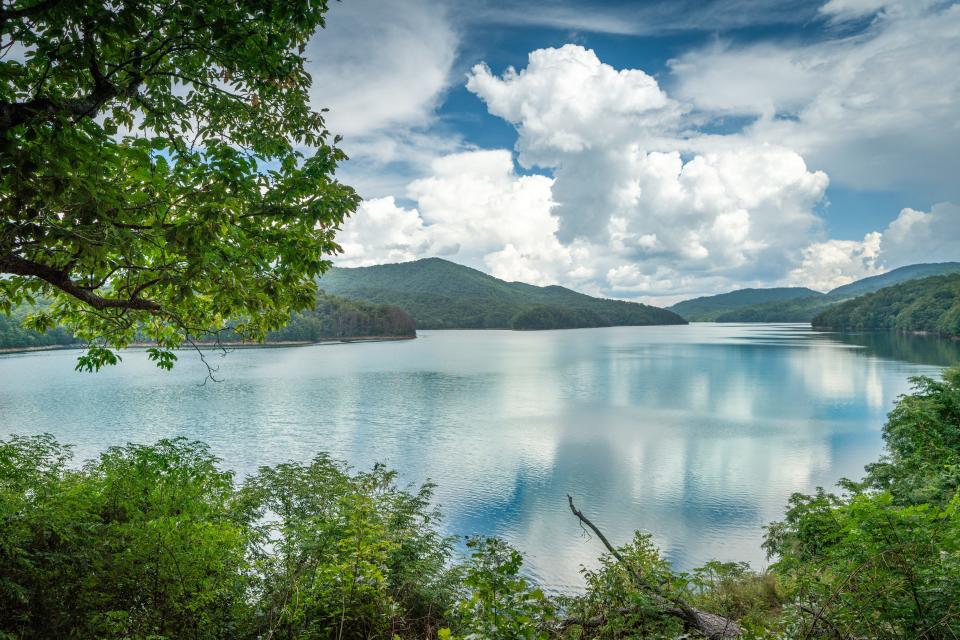
Back in the 1930s, more than a thousand families had to relocate before the Little Tennessee River was dammed by the Tennessee Valley Authority in 1944. Forced from the North Shore of Fontana Lake, they also left behind their family burial grounds, often located close to their homes. For a time, the lake’s creation made it impossible to continue the sacred ritual of decoration days — when people gathered together to clean and tidy the cemeteries, bring flowers to decorate the graves of their ancestors, and offer up a prayer before a family-style dinner.
► Word from the Smokies: Taking a walk across ancient land
► Word from the Smokies: GIS makes it simpler to map a complex park
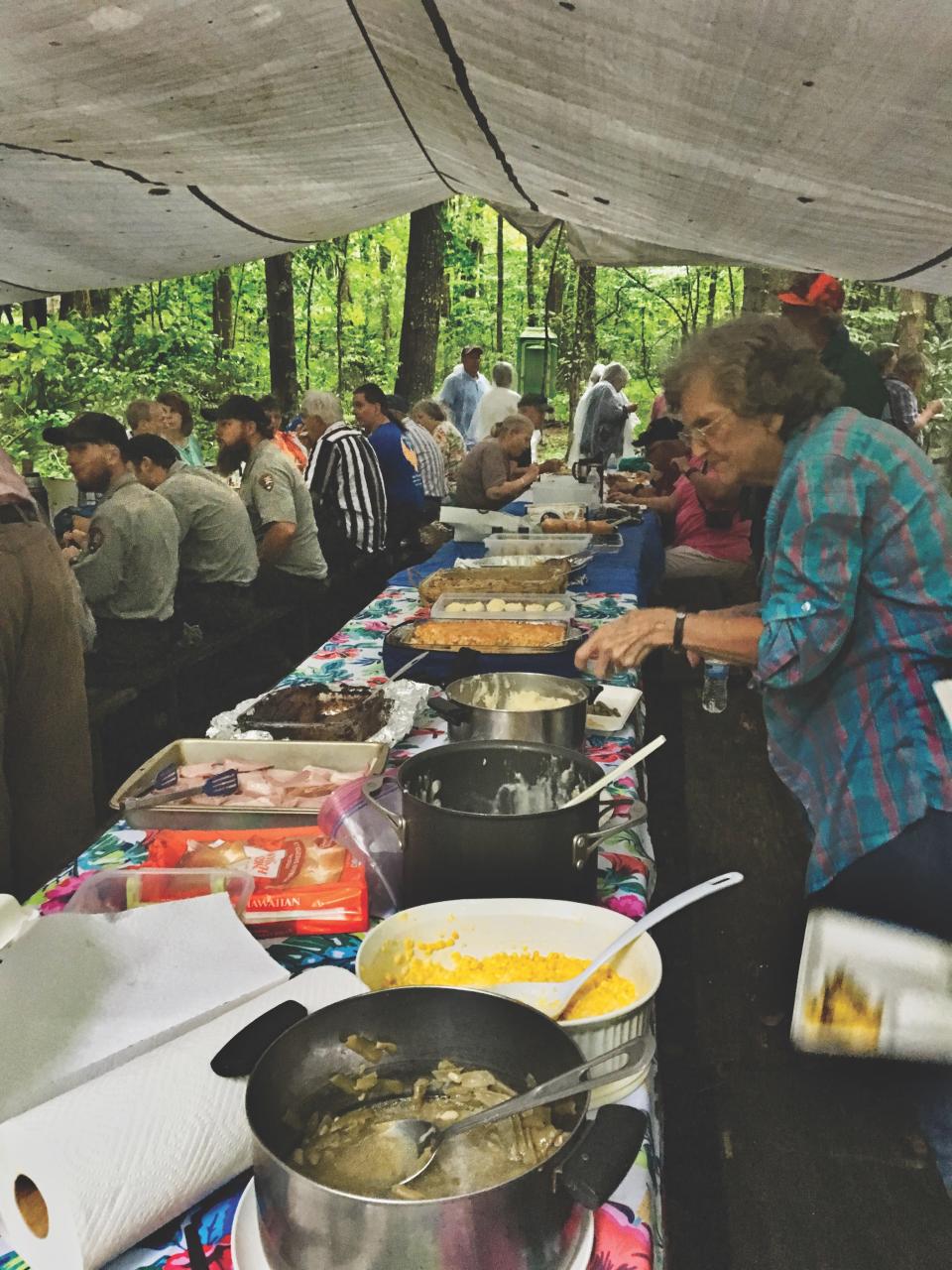
To continue their tradition, families needed access to boats. To reach some of the farther-flung burial sites, they also needed to be transported in vehicles for several miles.
Woods’ mother, Helen Cable Vance, worked with other families to form the North Shore Cemetery Association to partner with the park to provide regular access to these remote cemeteries. After nearly three decades of lapsed decorations, the park made a commitment in the late 1970s to support these visits.
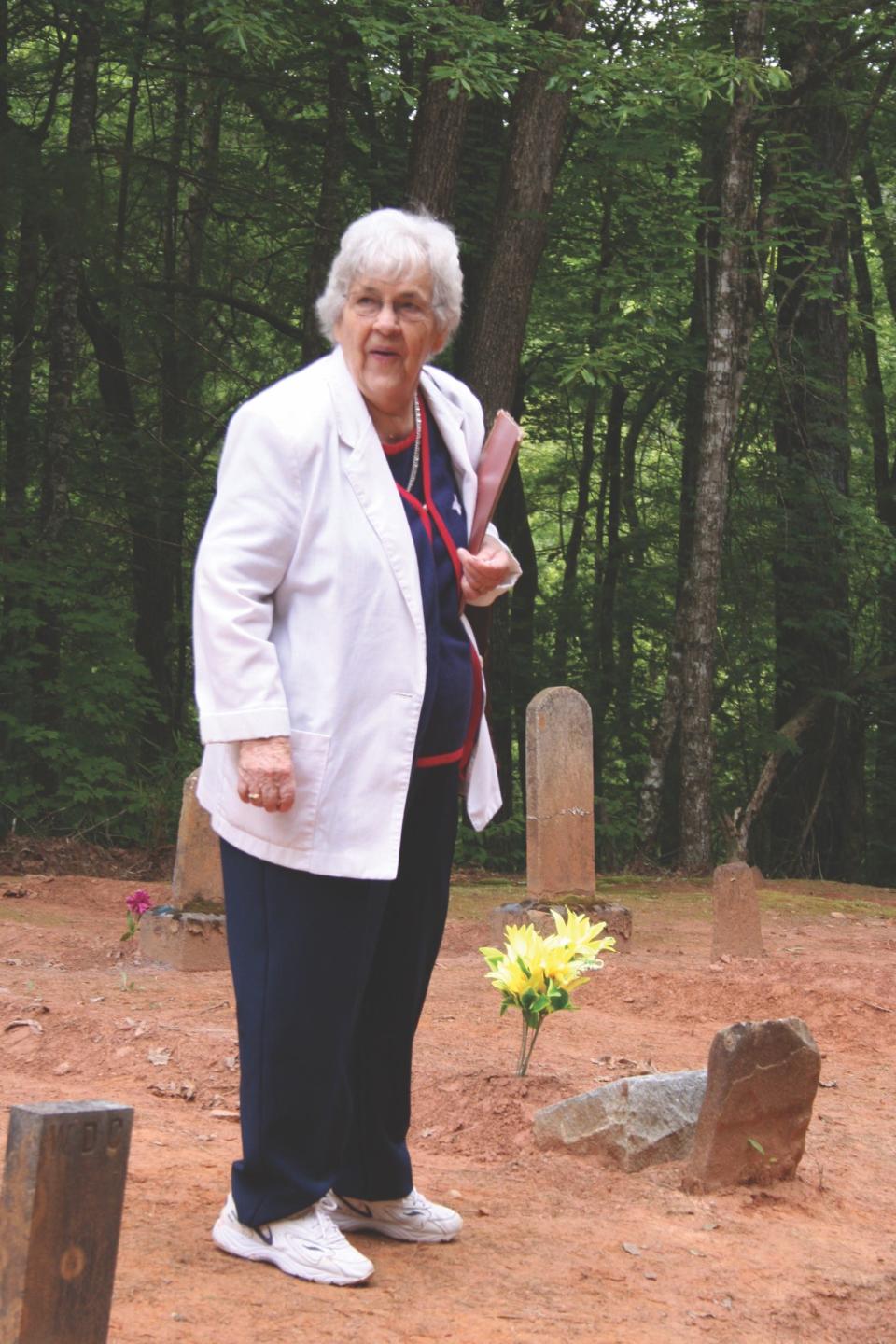
Today, between April and November each year, pilgrims are ferried by pontoon boat across Fontana Lake to Hazel Creek. Writer Courtney Lix took the trip for a story that appears in the Spring 2019 issue of Smokies Life journal.
“Stepping off the boat, we’re greeted by a park service crew with passenger vans,” she wrote. “We slowly bump along the muddy road and make our way deeper into the mountains. ... The cemetery is tidy, thanks to the work of the park service crew. The gravestones — often referred to as monuments — are upright and well maintained.”
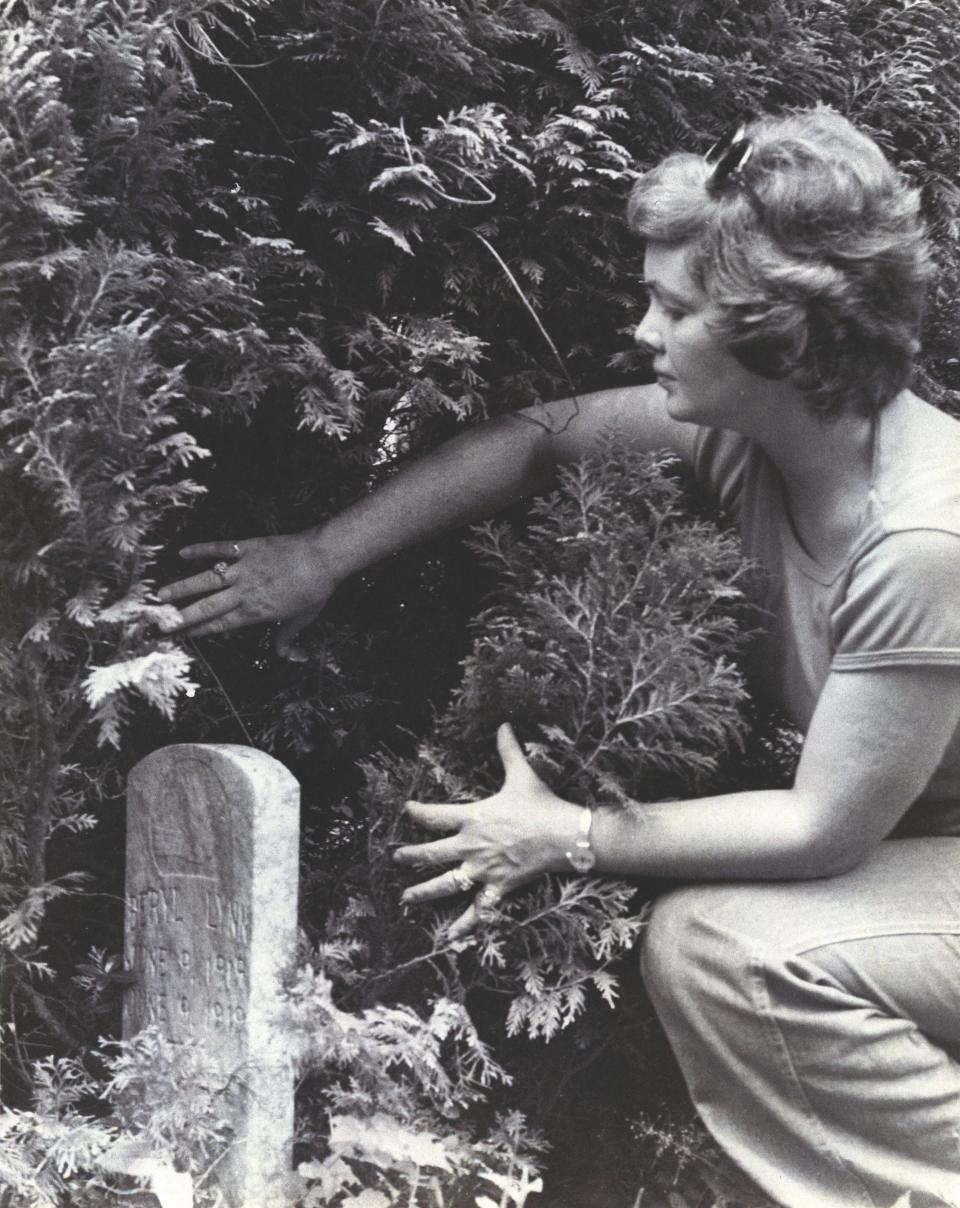
This year's reunions have been particularly poignant as, with a pandemic waning, descendants are once again able to gather in large numbers for traditional services and to share the stories of the people who once made their homes in the mountains.
“Of course, we missed 2020 because of COVID and were only able to complete some of the cemeteries last year as restrictions changed,” said Karen Marcus of Maggie Valley, North Carolina, an active member of the North Shore Cemetery Association. “Decoration is an opportunity to carry on a tradition that was started by our ancestors. For them, it was a time to care for the cemetery and to have contact with relatives and neighbors.”
► Word from the Smokies: Supervisory Forester Kristine Johnson leaves legacy of preservation
► Word from the Smokies: Bats hang in the balance in wake of disease
On July 3, Marcus went with a group to Proctor and Bradshaw cemeteries. Among the pilgrims was a man who had traveled from New Hampshire seeking the grave of his ancestor.
“He had seen a picture of the headstone and said that his grandfather was buried at Proctor, although at first, we were uncertain of that because of conflicting information,” Marcus said. “The expression on his face when he walked over to the grave and touched his grandfather's headstone was something to behold. He knelt in awe and wonderment as if he was meeting his grandfather whom he had never had the opportunity to meet. To simply be in the area where his ancestors lived — where his father was born, the land of his roots — was a religious experience.”
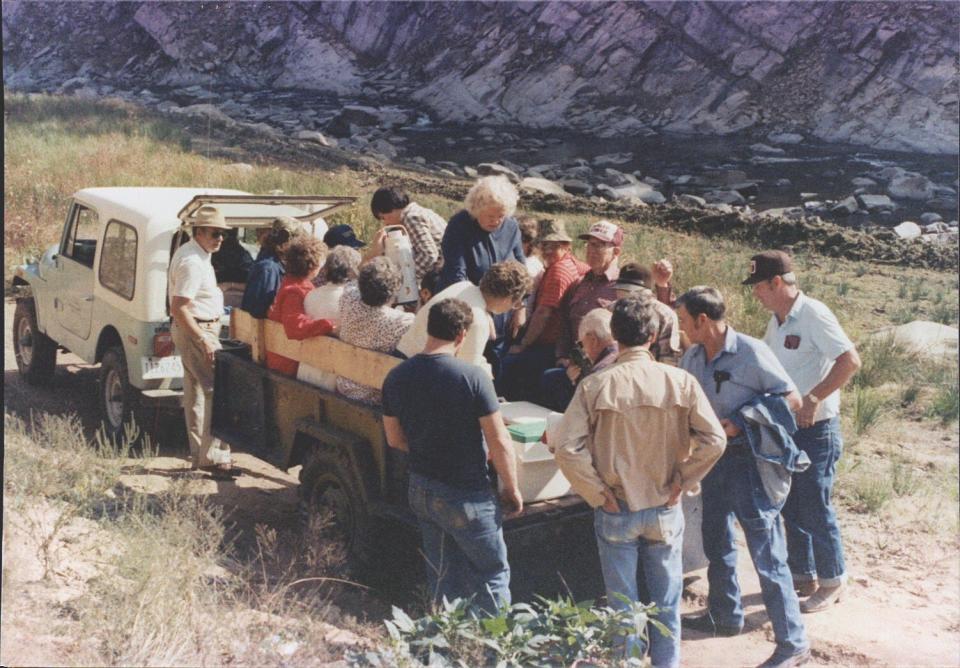
Nearly 100 people gathered for Bone Valley Decoration Day on June 26, with some members of the Burlingame family having come from as far away as California. About a third of the pilgrims went on to Hall Cemetery after.
Dana Soehn, the management assistant with Great Smoky Mountains National Park, was in attendance. “It is an amazing gift to see these traditions continue and be passed on to the next generation of descendants to help ensure the history of the people is not forgotten,” she said.
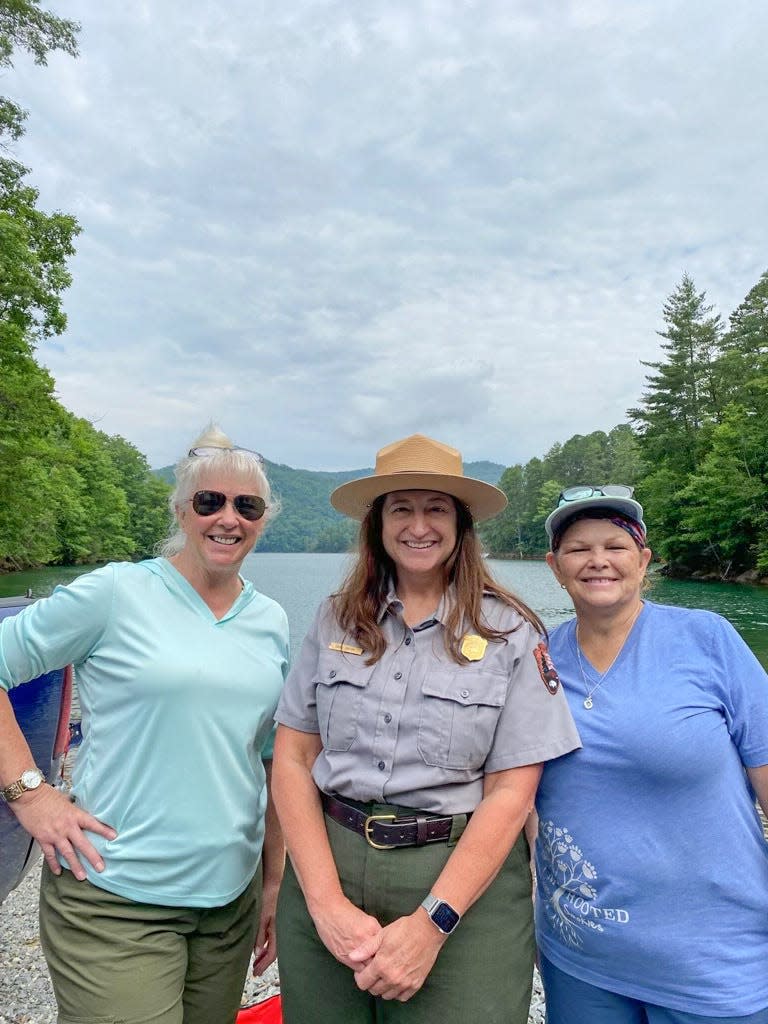
“Unfortunately, a rumor was recently circulated that stated the National Park Service planned to discontinue transporting descendants to cemeteries and had also prohibited traditional religious services,” Soehn continued. “I can assure you this is untrue, and it's disappointing that this irresponsible misinformation was spread.”
Woods and Vance also heard the rumor and were dismayed.
“We contacted the park and were told that this rumor was not true,” said Woods. “Decorations will continue as usual as they have since our families began them in the mid-1800s and still continue today as per our agreement with the park service.”
► Word from the Smokies: What’s the rub with Charlies Bunion?
More: Word from the Smokies: 2 perspectives converge on Mount Le Conte
Marcus hopes that other descendants of the people of the North Shore will not miss out on this opportunity and will come on a pilgrimage to visit the graves of their ancestors.
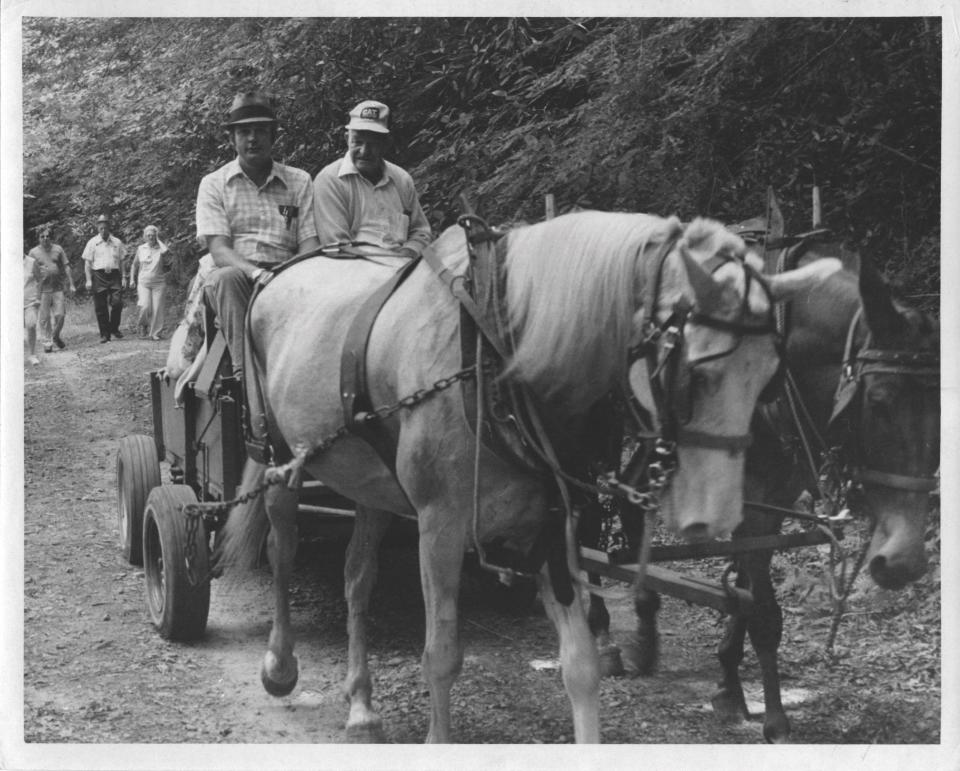
“For just a little while, when we visit a cemetery on the North Shore, we reconnect with our roots,” she said. “When we sing the old hymns in the most beautiful cathedral that could exist and have the coyotes join in song, one visualizes the homes, the fields, how our ancestors lived, worked, and played. This is sacred ground, and it leaves one with feelings of awe and reverence.”
For a schedule of all decoration dates, please see the Facebook pages for North Shore Cemetery Historical Association and North Shore Cemetery Decorations.

Frances Figart is the editor of Smokies Life and the Creative Services Director for the 29,000-member Great Smoky Mountains Association, an educational nonprofit partner of Great Smoky Mountains National Park. Reach her at frances@gsmassoc.org.
This article originally appeared on Asheville Citizen Times: Word from the Smokies: North Shore decoration days continue

